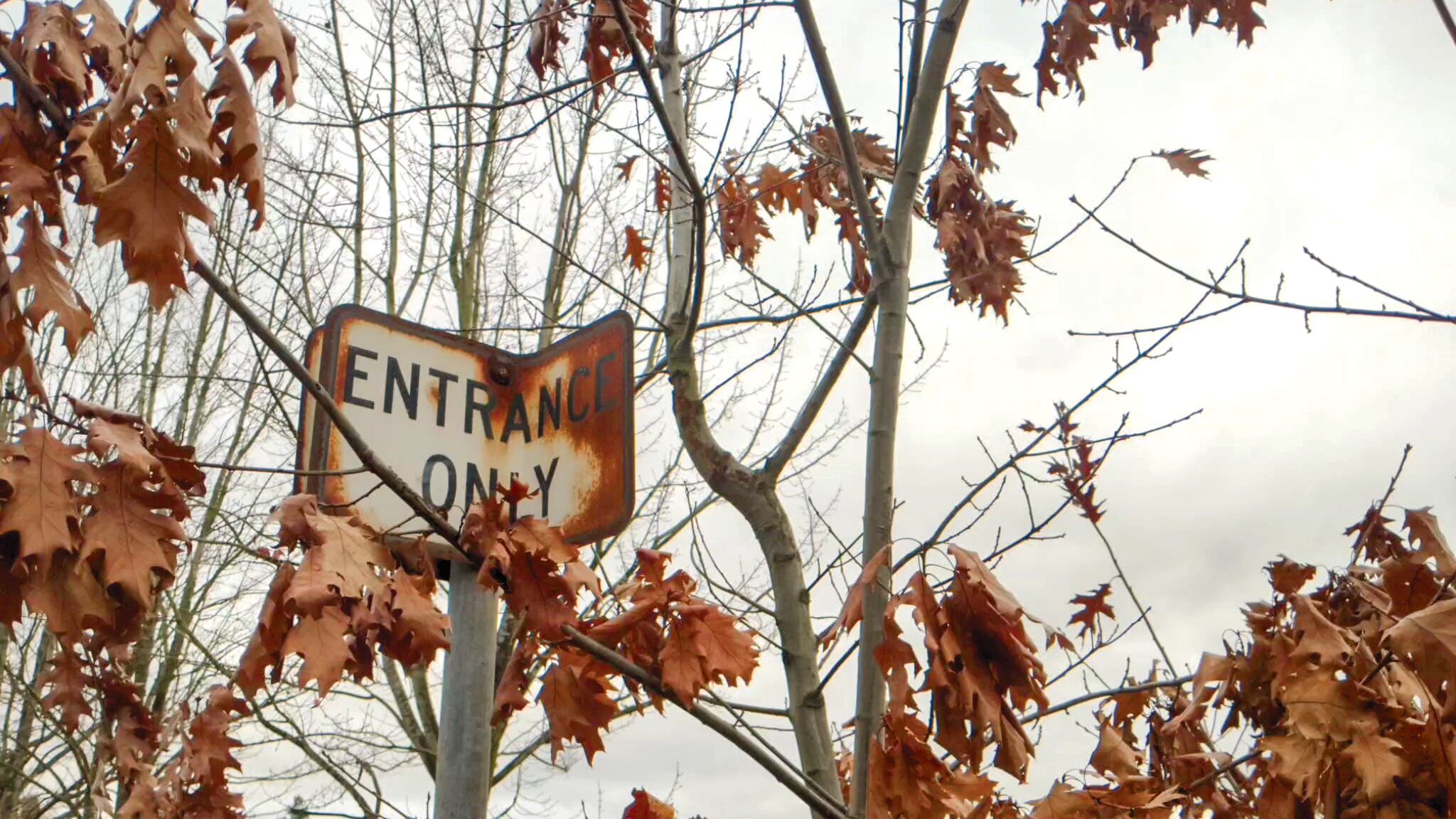On Oct. 28, WW and other news outlets learned that City Commissioner Dan Ryan had discussed using the onetime site of Whitaker Middle School in Northeast Portland as a “safe rest village” for houseless Portlanders.
For Portlanders with long memories, the news spurred some questions.
Why is the Whitaker property notorious?
In 2001, WW published a story about dangerous levels of mold and radon gas at Whitaker Middle School (“The Poisoning of Whitaker,” May 22, 2001). Documents obtained by WW at the time showed that the school, located at the corner of Northeast Killingsworth Street and 42nd Avenue, contained two to three times the U.S. Environmental Protection Agency’s “action level” for radon, a colorless, highly toxic gas that seeps from underground rock and causes lung cancer.
One of the reasons Whitaker had such high radon levels is that the school was built on Alameda Ridge, a geological feature that contains the highest levels of radon in Portland. And the Whitaker building lacked adequate ventilation. (The more ventilation a building has, the more the radon can cycle out and disperse into outdoor air.)
Health officials at Portland Public Schools knew about the dangers, WW learned, but failed to disclose them to the School Board, district administration, school faculty or the families of students for 10 years. Though the district did take some measures to reduce radon and increase ventilation in the school, it failed to make a difference.
The school was shut down the week WW’s story ran, the building was demolished, and the plot of land has lain unused ever since.
What do city officials want to do with it now?
The city wants to place one of its six safe rest villages at the site of the former school. Housing Commissioner Dan Ryan’s office tells WW that he’s approached five of the seven members of the Portland School Board about the idea.
It’s the city’s latest attempt to secure a patch of land to place pods to house people who are currently living on Portland’s streets.
That mission, initially expected to be up and running by 2022, has proven more difficult than expected. The city has identified only two places to put the villages, and no locations on the city’s initial list of 70 potential sites are still being considered.
It’s the city’s latest desperate attempt to nab a property that is flat, at least 2 acres in size, and close to essential services. The city proposes using just a 2-acre strip of the lot along 42nd Avenue, amounting to about one-fifth of the total site, according to documents on the proposal shared with WW.
Is the property actually safe?
Mold won’t be a problem in new structures. But the underlying soil still has high levels of radon.
Dr. Scott Burns, a geologist and professor emeritus at Portland State University who’s studied radon for decades, says the safety of any future development is entirely dependent on the types of structures built.
Burns says tiny houses, or pods, would be safe. Why? Because they’re small and cycle out air quickly.
“You’re changing the air in the little pods faster. You’re changing the air if you’re in and out all day,” Burns says. “In big buildings, every time you’re opening a door, you’re only changing 0.001% of the air, but in a small pod, you open it for two to three minutes and you’ve changed quite a bit of the air.”
A decade ago, Oregon lawmakers passed a bill that required any new residential and commercial buildings built in Multnomah County, as well as in six other counties, to install radon mitigation systems. That does not include pods.
The school district says it has made no decisions about the parcel.
“An environmental assessment would be part of any long-term or permanent plan to develop the site,” says Jonathan Garcia, chief of staff to Superintendent Guadalupe Guerrero. “Staff is still reviewing the city’s proposal to build a safe rest village on the site.”

